Why Bananas Are Radioactive: The Science Behind This Surprisingly Natural Phenomenon
Bananas are delicious and packed with nutrients. But did you know they are also naturally radioactive? That’s right—this common fruit has a tiny amount of radioactivity in it. While it sounds wild, understanding why bananas have this trait helps us see how nature works. It also shows how safe bananas really are to eat every day.
In this article, we’ll explore what makes bananas radioactive, how it happens, and why it doesn’t pose any health risks. We’ll also look at how bananas compare to other foods that contain natural radioactivity. Let’s dive into this surprising science.
💡 Did You Know?
Bananas are so well-known for their mild radioactivity that scientists even use a fun term called the “Banana Equivalent Dose” to explain radiation exposure in everyday life.
The Unexpected Radioactivity of Bananas: An Overview
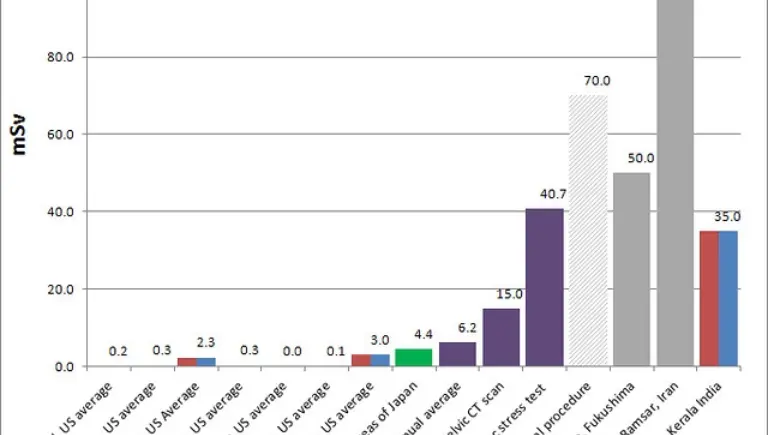
What Does Radioactive Mean in the Context of Food?
Many people think of dangerous contamination when they hear “radioactive.” But in reality, all living things contain tiny amounts of radioactive atoms naturally. This isn’t harmful; it’s part of the natural world. The radiation from bananas is similar to the background radiation we see from the sun or rocks. It’s harmless and happens because of the natural building blocks of life.
The Chemistry of Bananas and Potassium
Bananas are loaded with potassium—an essential mineral you need for muscles and nerves. Potassium isn’t just one element; it’s made of different isotopes—versions of the element with varying atomic weights. One of these isotopes, potassium-40, is radioactive. While it’s a tiny part of all potassium, it’s naturally present in bananas in small amounts.
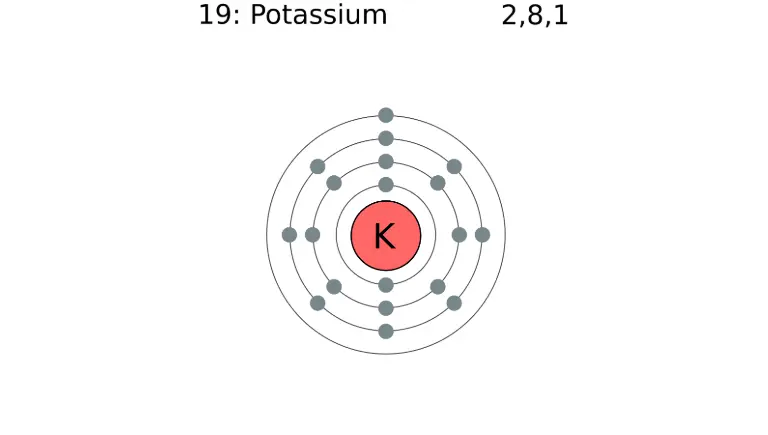
🔹 What Are Isotopes?
Isotopes are versions of the same chemical element with different numbers of neutrons. While all potassium atoms have 19 protons, some have more neutrons—like potassium-40, which makes bananas slightly radioactive.
How Much Radioactivity Is in a Banana?
A typical banana releases about 0.1 becquerels of radiation. That’s a very small number. To put it in perspective, the same amount of radiation comes from eating about 10 million bananas. Comparing it to everyday sources—like flying in an airplane or spending time in sunlight—shows it’s minuscule. You don’t need to worry about radioactivity from bananas at all.
Why Are Bananas Radioactive? The Science Behind It
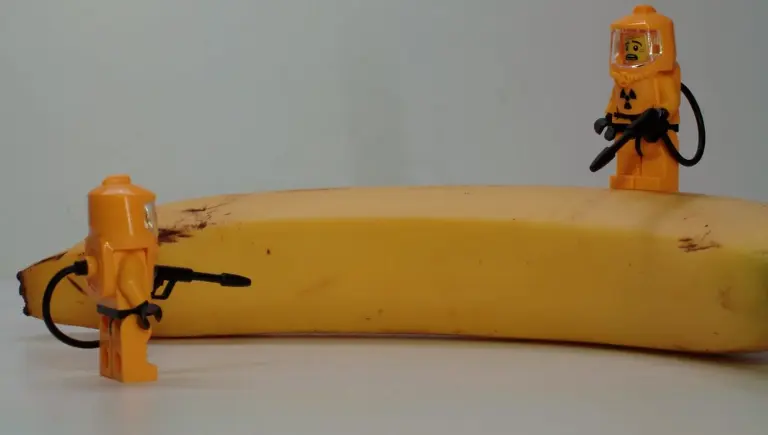
The Role of Potassium-40
Potassium-40 is an isotope that makes up around 0.012% of all potassium. This tiny fraction means that every banana contains a small amount of radioactive potassium. This isotope is stable in nature, meaning it’s been around since the Earth formed. It continually exists in our environment and in the foods we eat.
💡 Did You Know?
Potassium-40 has a half-life of about 1.25 billion years. That means it takes that long for half of it to decay naturally. It’s been on Earth since the planet was formed!
The Natural Occurrence of Radioactive Isotopes
Radioactive isotopes come from natural sources, like rocks, soil, and water. Plants absorb minerals, including potassium, from the ground. Since potassium-40 is present in soil, bananas naturally pick up some of it as they grow. Other foods—like potatoes, nuts, and grains—also contain small amounts of radioactive isotopes due to the soil they grow in.
Radioactivity in the Food Chain
Radioactive isotopes move through the environment much like other nutrients. Soil contains natural radioactive elements. Plants absorb them, and animals eat plants. This cycle keeps natural radioactivity in our food supply. The key point is that this process has been happening for thousands of years and is completely normal.
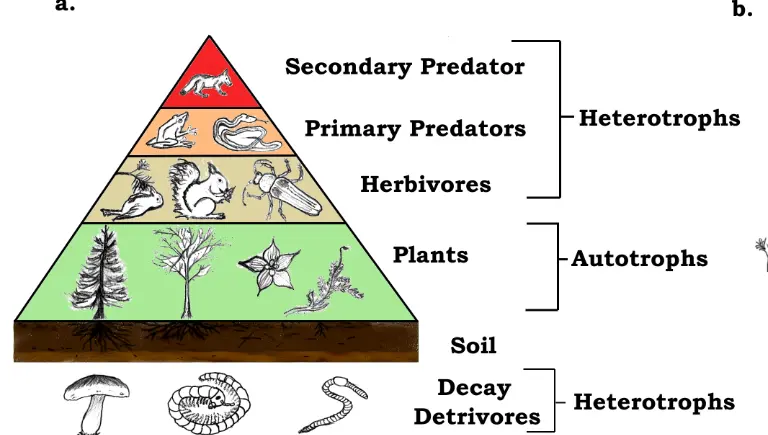
Implications of Banana Radioactivity for Consumers
Is Banana Radioactivity Harmful?
No. The tiny amount of radioactivity in bananas isn’t dangerous. In fact, the radiation level you get from eating a banana is billions of times less than what you’d get from a chest X-ray or a dental scan. Your body is well equipped to handle this natural background radiation without any harm.
Myths and Misconceptions
Many people get scared when they hear about radioactivity. But bananas are perfectly safe to eat. The radioactivity isn’t from contamination but from natural isotopes. There’s no reason to stop eating bananas—they are healthy and safe, just like most other fruits.
⚠️ Warning Box
Just because a food is radioactive doesn’t mean it’s dangerous. The term “radioactive” is often misused, causing unnecessary fear. Bananas are perfectly safe and not harmful at all.
Practical Tips for Consumers
Enjoy bananas without worry. There’s no need to limit your intake because of radioactivity. Just eat them as part of your balanced diet. Remember, the levels are so low that they don’t affect your health at all.
Broader Context: Radioactivity in Our Environment
Comparing Bananas to Other Radioactive Foods
Bananas aren’t the only foods with natural radioactivity. Potatoes, for example, also contain radioactive potassium. Nuts and certain grains have small amounts too. Among these, bananas are just a little more famous because of their shape and popularity. But none of these foods pose health risks.
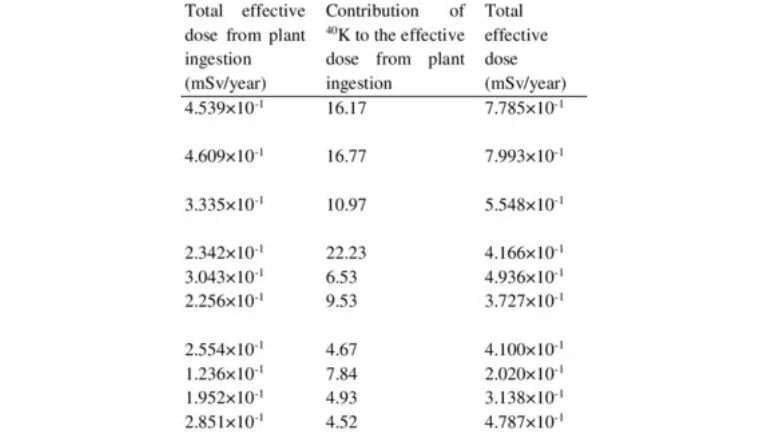
The Role of Radioactivity in Agriculture and Food Production
Scientists study natural isotopes to learn about soil quality and crop health. Radioisotope analysis can help us understand how plants absorb nutrients. In the future, this technique might even help improve food safety and farming practices further.
🔹 What Is a Becquerel?
The becquerel (Bq) is a unit that measures radioactive decay. One becquerel equals one radioactive event per second. A banana gives off around 0.1 Bq, which is extremely low and completely safe.
Conclusion
Bananas are naturally radioactive because they contain potassium-40, a radioactive isotope. Yet, the amount is so tiny that it’s harmless. This natural background radiation is a normal part of life and doesn’t pose any health threat. Understanding this helps us see how science explains these surprises and clears up common myths.
Enjoy your bananas guilt-free—after all, they’re one of nature’s safe and healthy foods. Knowledge is power, and knowing the truth makes it easier to appreciate what we eat every day.







